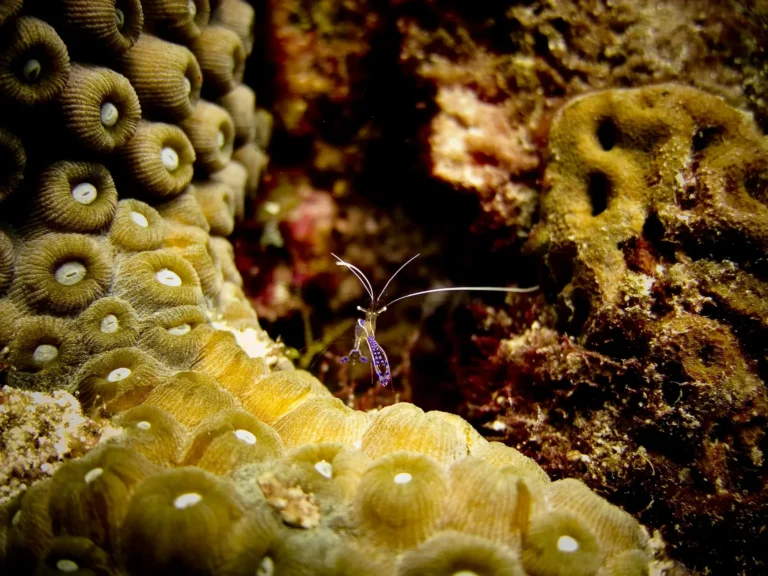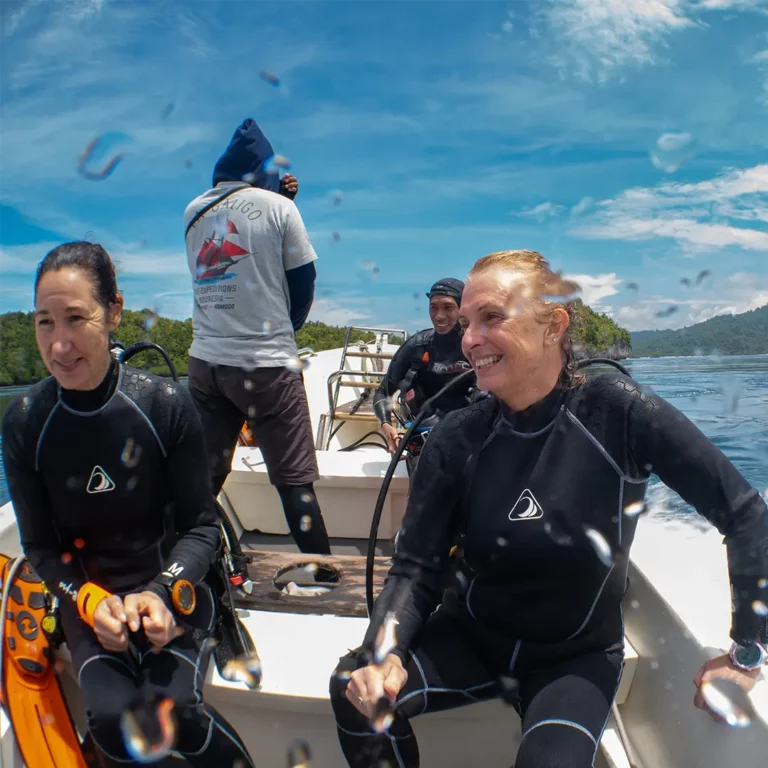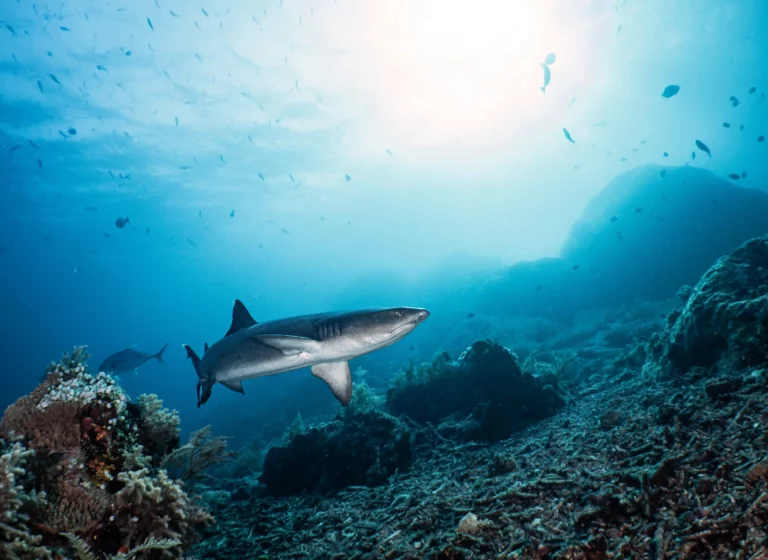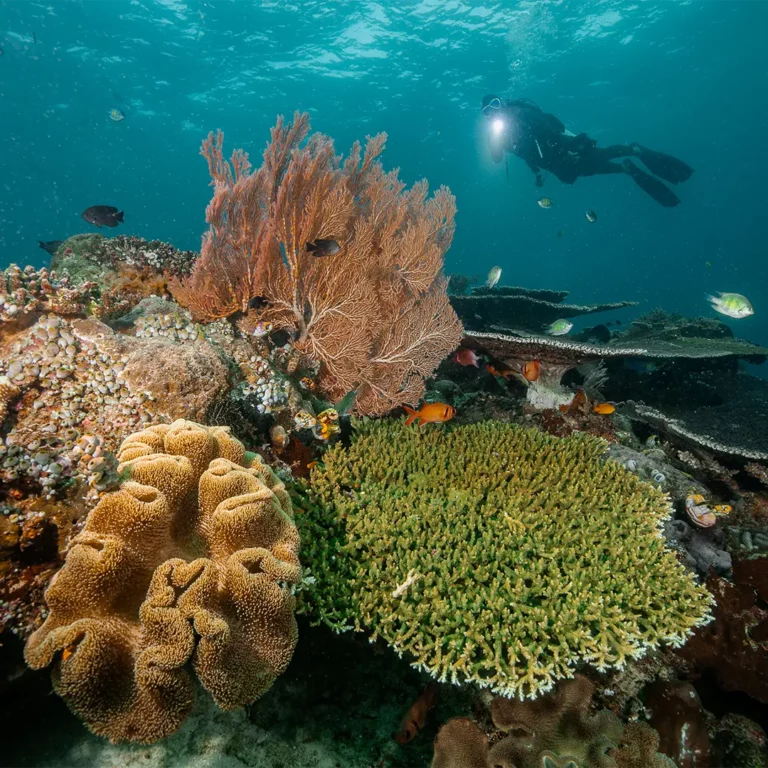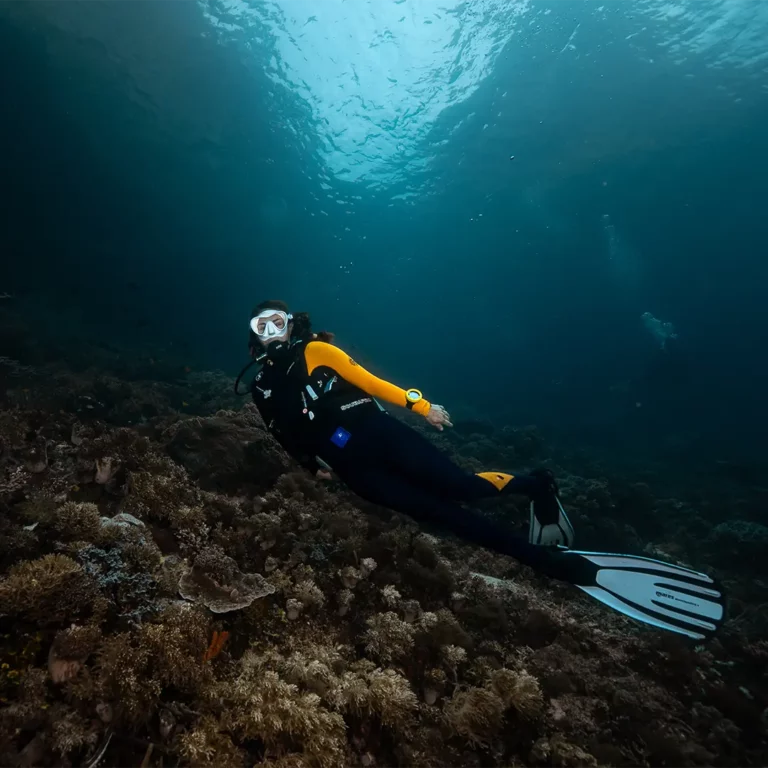Post-dive headaches can be a common and concerning issue for divers. While diving is a thrilling and rewarding experience, the occurrence of headaches after a dive can dampen the overall enjoyment. Understanding the potential causes of post-dive headaches is crucial in order to take preventative measures and ensure a safe and enjoyable diving experience. In this article, we will explore the various factors that can contribute to post-dive headaches and provide insights into how to mitigate these issues.
Common Causes of Post-Dive Headaches
ILL-Fitting Equipment
Ill-fitting equipment is a common cause of post-dive headaches. When diving with equipment that does not fit properly, it can lead to increased pressure on the head and face, especially during descent and ascent. This pressure can result in discomfort and headaches after the dive. It is important to ensure that all diving gear, including masks, snorkels, and regulators, fits correctly and comfortably to minimise the risk of post-dive headaches. Additionally, taking the time to adjust and customise equipment to individual preferences can significantly reduce the likelihood of experiencing headaches during or after a dive.
Sinus Problems and Squeezes
Sinus problems and squeezes are another common cause of post-dive headaches. When diving, the pressure changes can affect the sinuses, leading to discomfort and potential pain. Squeezing can occur when the pressure in the sinuses or ears is not equalised during descent, causing headaches and discomfort after the dive. Proper techniques for equalising the pressure in the sinuses and ears should be practised to minimise the risk of post-dive headaches.
Dehydration
Dehydration is a significant factor that can contribute to post-dive headaches. While diving, the body uses up more water and can become dehydrated, especially in warm or tropical waters. Dehydration can lead to headaches and other health issues, so it is essential to stay hydrated before, during, and after a dive. Drinking plenty of water before and after a dive can help prevent post-dive headaches and ensure overall well-being.
ALSO READ : Ear Equalisation Basics for Divers: Why and How?
Gases
One potential cause of post-dive headaches is the improper release of inert gases, like nitrogen, that accumulate in body tissues during a dive and are not safely off-gassed during ascent. When scuba diving, the body absorbs gases such as nitrogen and helium due to the increased pressure underwater. If a diver ascends too quickly or exceeds the limits of their dive tables or computer, these gases can form bubbles in the bloodstream and tissues, leading to a condition known as decompression sickness or “the bends”. DCS will be discussed in a following section.
Stress and Anxiety
Stress and anxiety can also contribute to post-dive headaches. The underwater environment can be overwhelming for some divers, leading to heightened stress levels and anxiety. This can result in muscle tension, increased heart rate, and shallow breathing, all of which can contribute to headaches after the dive.
To mitigate the impact of stress and anxiety, divers should practise relaxation techniques and mindfulness both before and during their dives. Engaging in slow, deep breathing and focusing on the present moment can help alleviate tension and promote a more relaxed state of mind, reducing the likelihood of experiencing post-dive headaches due to stress and anxiety.
ALSO READ : How Do I Prevent Seasickness When Diving on a Liveaboard
Decompression Sickness
Post-dive headaches can often be attributed to various factors, with decompression sickness being a primary concern for divers. This condition occurs when divers ascend to the surface too quickly, leading to the formation of nitrogen bubbles in the bloodstream and tissues. These bubbles can cause significant discomfort, including headaches, joint pain, and even neurological symptoms in severe cases. It’s crucial for divers to adhere to proper ascent rates and decompression stops to minimise the risk of decompression sickness and subsequent headaches. Additionally, staying well-hydrated and maintaining overall physical fitness can also help reduce the likelihood of experiencing DCS after a dive.


